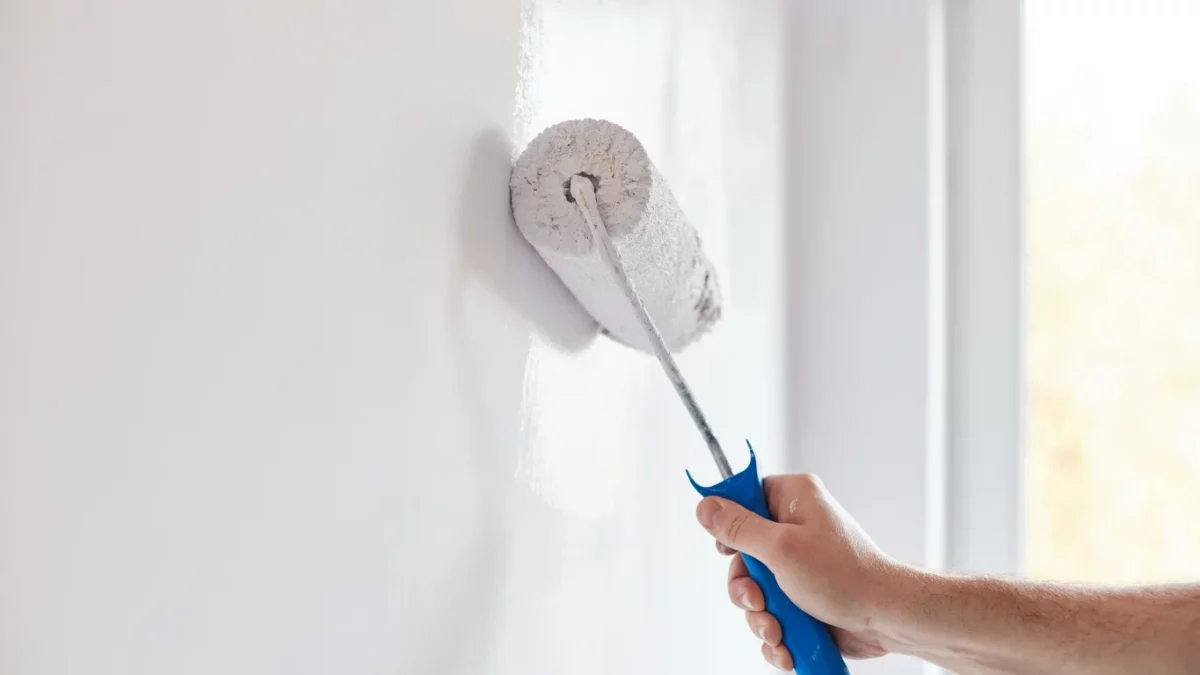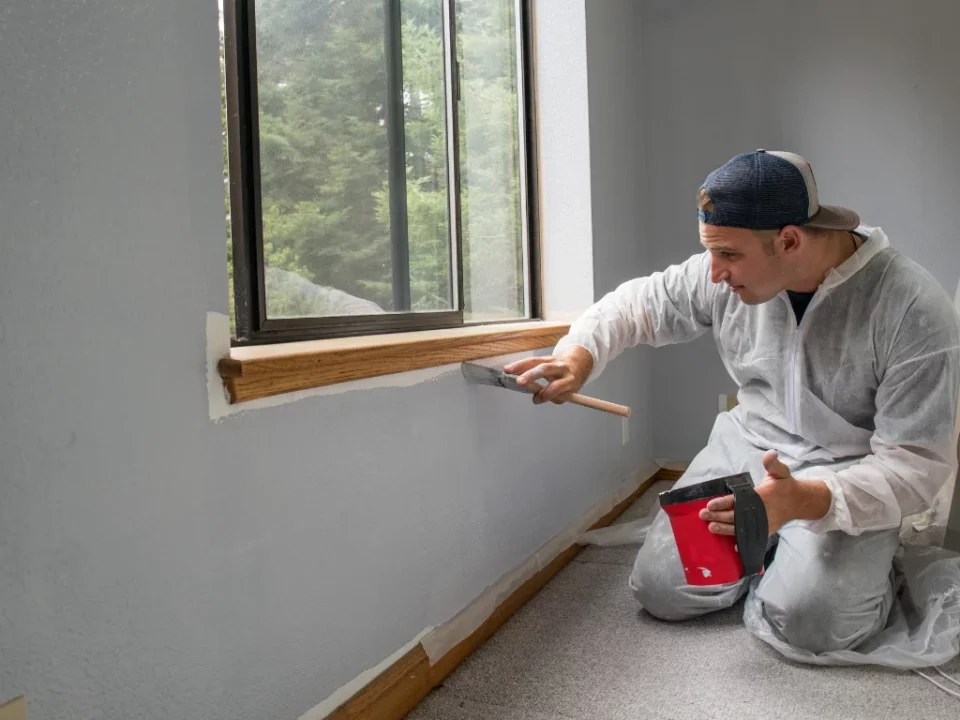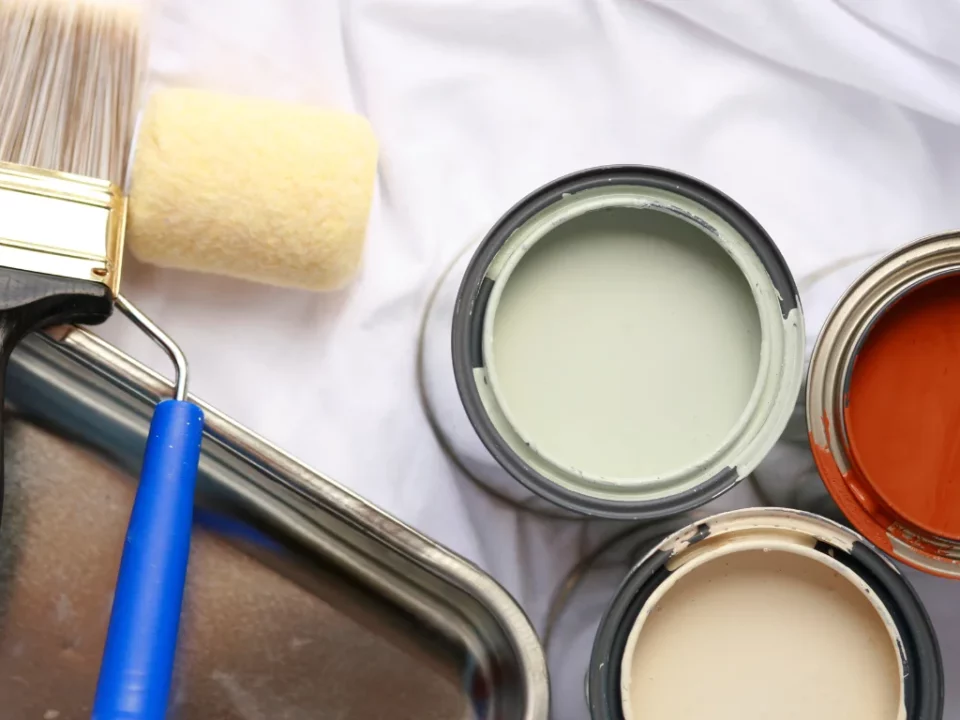Preparing your home for painting is a crucial step in ensuring a professional, long-lasting finish. While the process might seem straightforward, there are several common mistakes that can hinder the quality of the paint job. By understanding these mistakes and how to avoid them, you can set yourself up for a successful painting experience.
Failing to Clear the Area Properly
One of the most common mistakes homeowners make when prepping their home for painting is not clearing the area sufficiently. Moving furniture and covering floors with drop cloths are essential to protecting your belongings from accidental paint splatters. Skipping this step can lead to expensive cleanup or damage to your furniture and flooring. Even if you only plan to paint one wall, it’s important to remove or cover everything that could be in the way.
Additionally, light fixtures, electrical outlets, and switch covers should be either removed or taped off. If you leave these areas uncovered, paint may seep into sensitive areas, requiring additional cleanup after the job is complete. It’s better to take the time to cover everything properly before the painting begins.
Ignoring Surface Preparation
Another mistake to avoid when prepping your home for painting is failing to properly prepare the surfaces. Painting over dirty, cracked, or uneven surfaces can lead to poor adhesion and an uneven finish. Before painting, it’s important to clean the walls thoroughly to remove dust, grease, or any other debris that may interfere with paint adhesion. In kitchens or high-traffic areas, make sure to use a degreaser to remove oils and sticky residues.
Also, don’t skip repairing holes, cracks, or dents. Small imperfections might seem insignificant, but they can become more noticeable once the paint is applied. Use spackling paste or filler to fill in any holes and sand the surface for a smooth finish. Neglecting this step can result in a patchy and uneven appearance once the job is finished.
Using Low-Quality Paint or Supplies
While it might be tempting to cut costs by using low-quality paint or tools, this can end up being a costly mistake in the long run. Poor-quality paint may not cover well, leading to multiple coats and uneven color. It may also fade or chip more quickly, requiring you to repaint sooner than expected. High-quality paint and brushes will provide a smoother, more durable finish, saving you time and money in the future.
Make sure to invest in quality brushes, rollers, and other painting tools. The right tools can make the painting process smoother and the results more professional-looking. Don’t skimp on supplies; instead, choose products that are designed for the specific type of surface you are painting.
Properly preparing your home for painting is crucial to achieving a beautiful, long-lasting result. By avoiding these common mistakes—like not clearing the area, neglecting surface preparation, or using low-quality materials—you can set yourself up for a successful painting experience. Take the time to properly prepare your space and use the right tools, and you’ll enjoy a flawless paint job that enhances the look and feel of your home for years to come.
Read More:
Step-by-Step Preparation for a Flawless Home Painting Project






